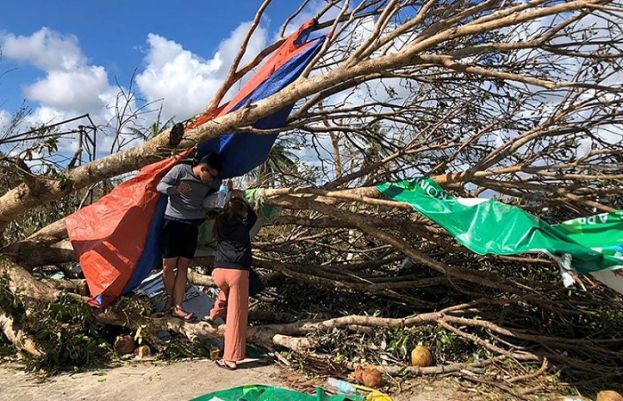
The Philippine Red Cross reported “complete carnage” in coastal areas after Super Typhoon Rai left homes, hospitals and schools “ripped to shreds”.
The storm tore off roofs, uprooted trees, toppled concrete power poles, smashed wooden houses to pieces, wiped out crops and flooded villages — sparking comparisons to the damage caused by Super Typhoon Haiyan in 2013.
“Our situation is so desperate,” said Ferry Asuncion, a street vendor in the hard-hit seaside city of Surigao, which was devastated by the storm.
Residents urgently needed “drinking water and food”, he said.
At least 375 people were killed and 56 are missing in the latest disaster to hit the archipelago, with 500 more injured, the national police said.
More than 380,000 people fled their homes and beachfront resorts as Rai slammed into the country on Thursday.
One of the hardest-hit islands was Bohol -- known for its beaches, “Chocolate Hills” and tiny tarsier primates — where at least 94 people have died, provincial Governor Arthur Yap said on Facebook.
Many wooden houses in Bohol’s coastal town of Ubay were flattened and small fishing boats destroyed on the island, where a state of calamity has been declared.
A senior official at the national disaster agency said he had not expected as many deaths.
“I was proven wrong as it appears now coming from the reports,” said Casiano Monilla, deputy administrator for operations.
Rai hit the Philippines late in the typhoon season: most cyclones develop between July and October.
Scientists have long warned that typhoons are becoming more powerful and strengthening more rapidly as the world becomes warmer because of human-driven climate change.
from latest-news - SUCH TV https://ift.tt/33GTSal



0 تبصرے